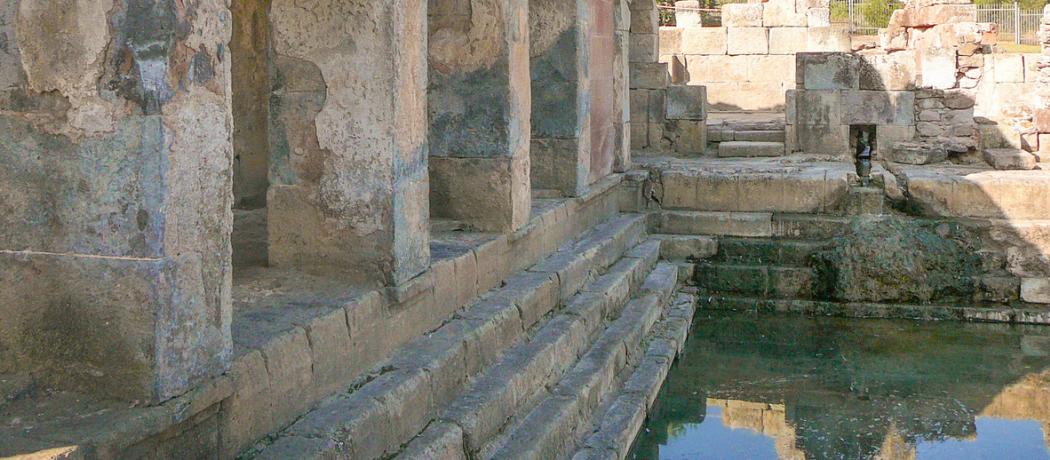Given our current hand-washing responsibilities related to the COVID-19 situation, I was looking for some background material to write a blog post about the history of hygiene and the impact of the pandemic on our ablution habits. I was sidetracked in my search for bathing habits over the ages by pictures of bathing scenes dating back to ancient Greek times. Most subjects were women shown nude. As the relevant Wikipedia article pointed out to me, the artists’ interest was less about the bathing itself and more to provide a context for showing the nude figures. The names of famous painters focused on bathing or bathing nudes includes Renoir, Durer, Cezanne, and Van Dyck. The subject of bathers and bathing scenes remained popular in art circles into the early 1900s.
Reading about bath houses, I couldn’t help but recall fond memories of bathing when I was 5 or 6 years old in the early 1930s, still in my Hungarian environment. We lived in a spacious apartment but had only one bathroom. The big bathtub rested on short lion’s feet and there was a settee in the bathroom. The seat could be lifted up to access towels stored underneath. I used to sit on the settee, bundled up in a large towel, and wait for the room to warm up. There was no central heating, no running hot water, but there was a large water tank set on an iron stove next to the tub. My mom used to light the fire and feed in wood sticks to heat the water in the tank and to warm up the room. I sat there enjoying the sound of the fire crackling. My mom came in and out to test the water temperature, and then fill the tub. I still get goose bumps when I hear the sound of water running into a bathtub, even though in my old age I have become a shower addict.
Bathing fell out of favor from the late 16th to the end of the 18th century in Europe. This happened partly because the medical opinion of the day was that miasma and bad air might get into the body through the skin’s pores, which were thought to enlarge in warm water. Bathing in cold water became popular for a short while in the 1730s after a book by Dr J.S. Hahn of Silesia was published: On the Healing Virtues of Cold Water, Inwardly and Outwardly Applied, as Proved by Experience. It was a switch from woolen to linen clothing that contributed the most to the decline in bathing. Linen was easy to wash, and wearing clean linen shirts allowed people to appear to be well groomed. Laundry became an important weekly chore, and the profession of launderess emerged.
By the 19th century cleanliness became associated with moral and social standing in English middle classes. Soapmaking became an industry, and the first large-scale advertising campaigns were started by the Lever brothers, still existing under the Unilever brand. Before indoor plumbing became more common, considerable labor was invested in drawing water, carrying it, and heating it. Bathwater was often shared by all the members of the family.
Back to present day. The New York Times conducted a recent survey confirming that, during this time of pandemic-related social isolation, Americans have become more spartan when it comes to bathing and showering. Some of the changes in hygiene habits are also attributed to environmental concerns. Running water for 5 minutes costs as much energy as running a 60-watt light bulb for 14 hours. Still, for some, there is nothing like soaking in a deep warm bath.
—George Szasz, CM, MD
Suggested reading
Cramer M. See fewer people. Take fewer showers. The New York Times. 13 May 2021. www.nytimes.com/2021/05/06/health/shower-bathing-pandemic.html.
Wikipedia. Bathing. Accessed 28 May 2021. https://en.wikipedia.org/wiki/Bathing.
This post has not been peer reviewed by the BCMJ Editorial Board.

